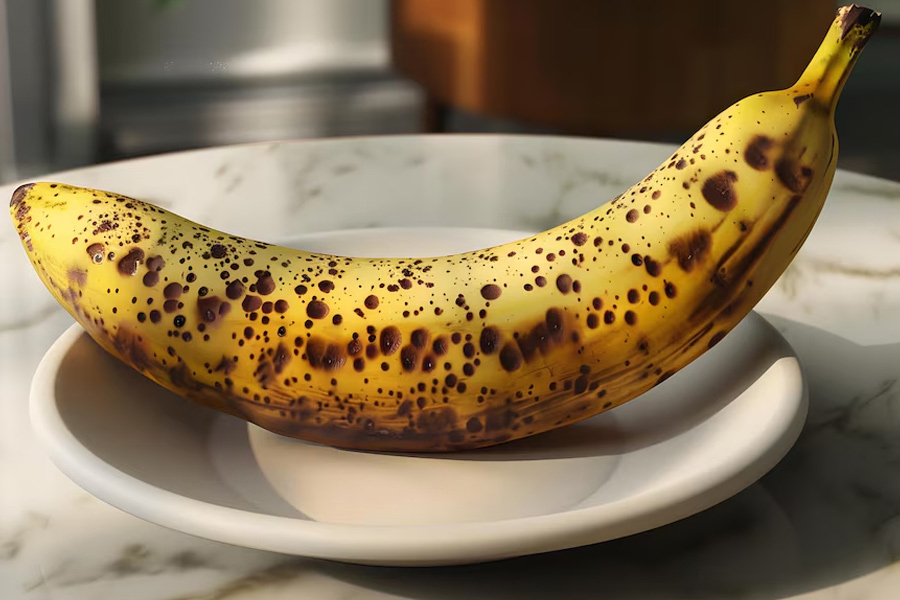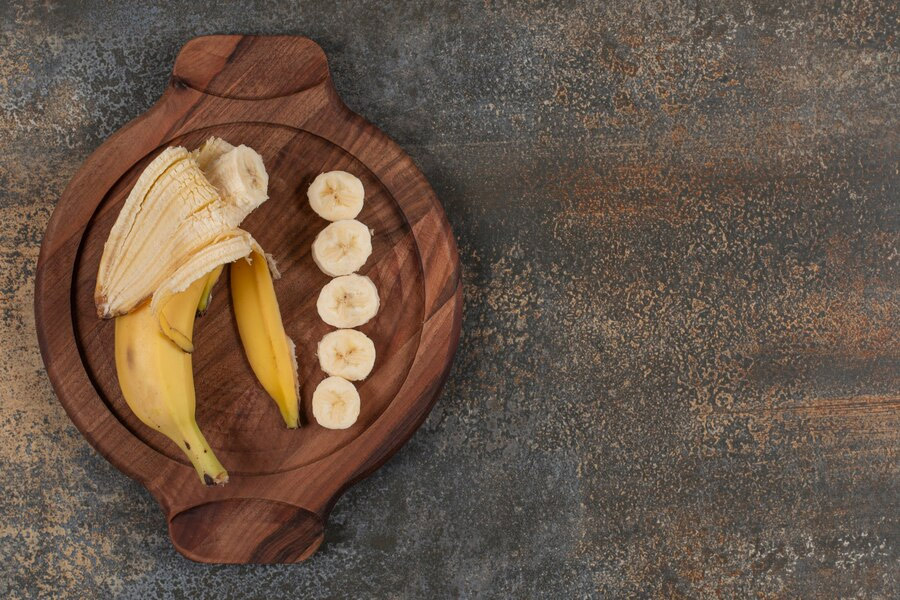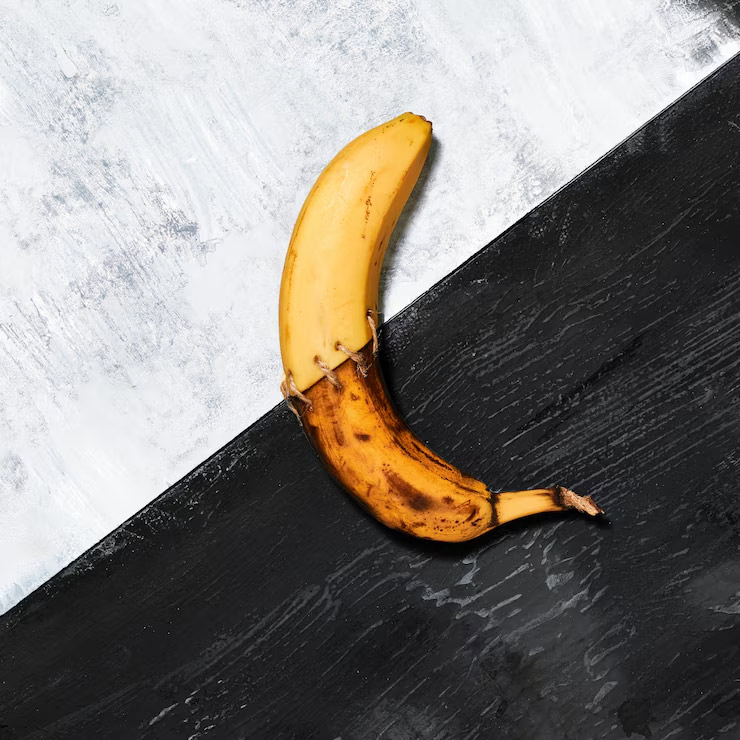
Bananas are a healthy source of fibre, vitamin C, and potassium, all of which help maintain overall health. The fibre in bananas aids in promoting digestive health, whereas vitamin C, a powerful antioxidant, helps boost the immune system, protecting the body from infections and illnesses. The minerals potassium and magnesium, on the other hand, play a crucial role in regulating blood pressure and maintaining heart health while also helping to stabilise blood sugar levels.
Table of Content:-
However, when bananas ripen or overripen, some people wonder whether they're still safe to eat or if they should be disposed of. To understand the same, we spoke to Dr Vedika Premani, Clinical Dietician, Sir H.N. Reliance Foundation Hospital.
Also Read: How To Use The Banana Flower For Diabetes?
Ripe Vs. Overripe Bananas

"Like all other fruits, even bananas continue to ripen as they release a gas called ethylene that breaks the starch present in the banana," says Dr Premani.
She explains, "This occurs in different stages, which is very well visible with the change in its peel colour. The peel of a banana is initially green when it is raw, then gradually turns yellow as it ripens, and finally turns brown, which is then considered overripe."
Nutritionally, both ripe and overripe bananas have similar content, such as being rich in fibre, potassium, and vitamin C. However, overripe bananas are sweeter since the ripening process converts the starch into simple sugars, leading to higher blood glucose levels post-consumption, the doctor further shares.
A 2021 study published in the journal PLOS ONE focused on how the ripeness of bananas impacts their nutritional value, particularly in terms of dietary fibre and sugar content. Researchers found that traditional methods for measuring fibre significantly underestimated its amount, especially in unripe bananas. A newer method revealed a dramatic decrease in fibre as bananas ripened. Conversely, sugar levels increased substantially as bananas transitioned from green to yellow but stabilised thereafter.
While diabetes patients are often advised to avoid eating bananas, experts suggest that moderate consumption, along with a balanced diet, poses no risk and may, in fact, benefit patients.
Can Overripe Bananas Pose Health Risk?

Overripe bananas normally pose no health danger, says Dr Premani. However, they are more likely to be contaminated by mould and bacteria, she notes, adding that consuming overripe bananas nearing rotting can result in gastrointestinal issues like nausea, vomiting, and bloating. This is because bananas are rich in fibre, and eating too many can lead to digestive problems.
Additionally, according to MedicineNet, the riper the banana, the higher the tyramine content, which can lead to increased blood flow to the brain and subsequent headaches.
Also Read: Weight Loss Secret: Expert Explains Health Benefits Of Red Bananas For Weight Loss
When Should You Throw Away A Banana?

According to Dr Premani, if the skin of the banana turns completely brown, has a fermenting foul smell, releases any liquids, or any mould has grown on it, then it is not safe to consume the banana.
Note that brown spots or a fully brown peel may not look appealing, but these are often still safe to eat and can be used in recipes like smoothies or banana bread.
However, the doctor reiterates that if the banana has a funny smell or has mould growing on it, it's best to throw it away.
Also watch this video
How we keep this article up to date:
We work with experts and keep a close eye on the latest in health and wellness. Whenever there is a new research or helpful information, we update our articles with accurate and useful advice.
Current Version